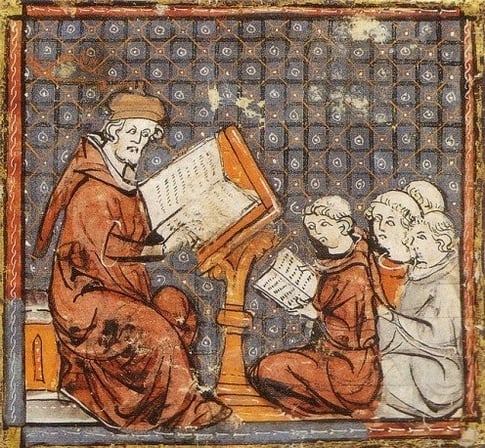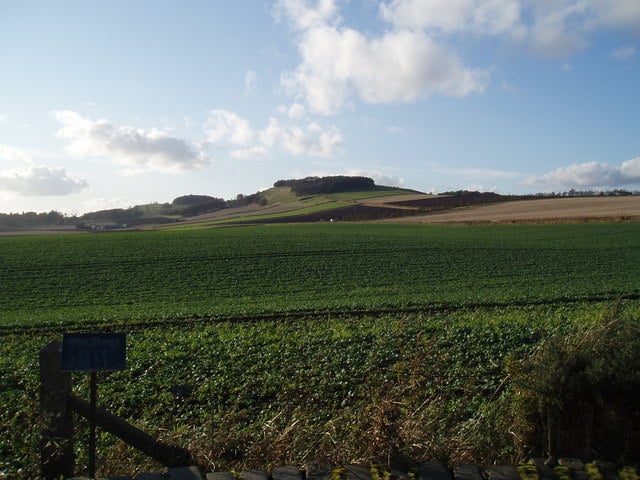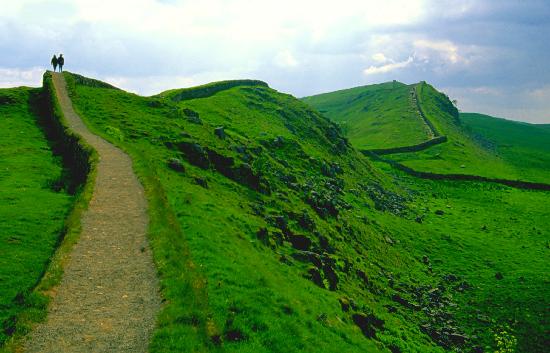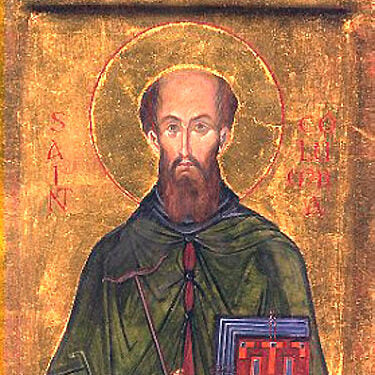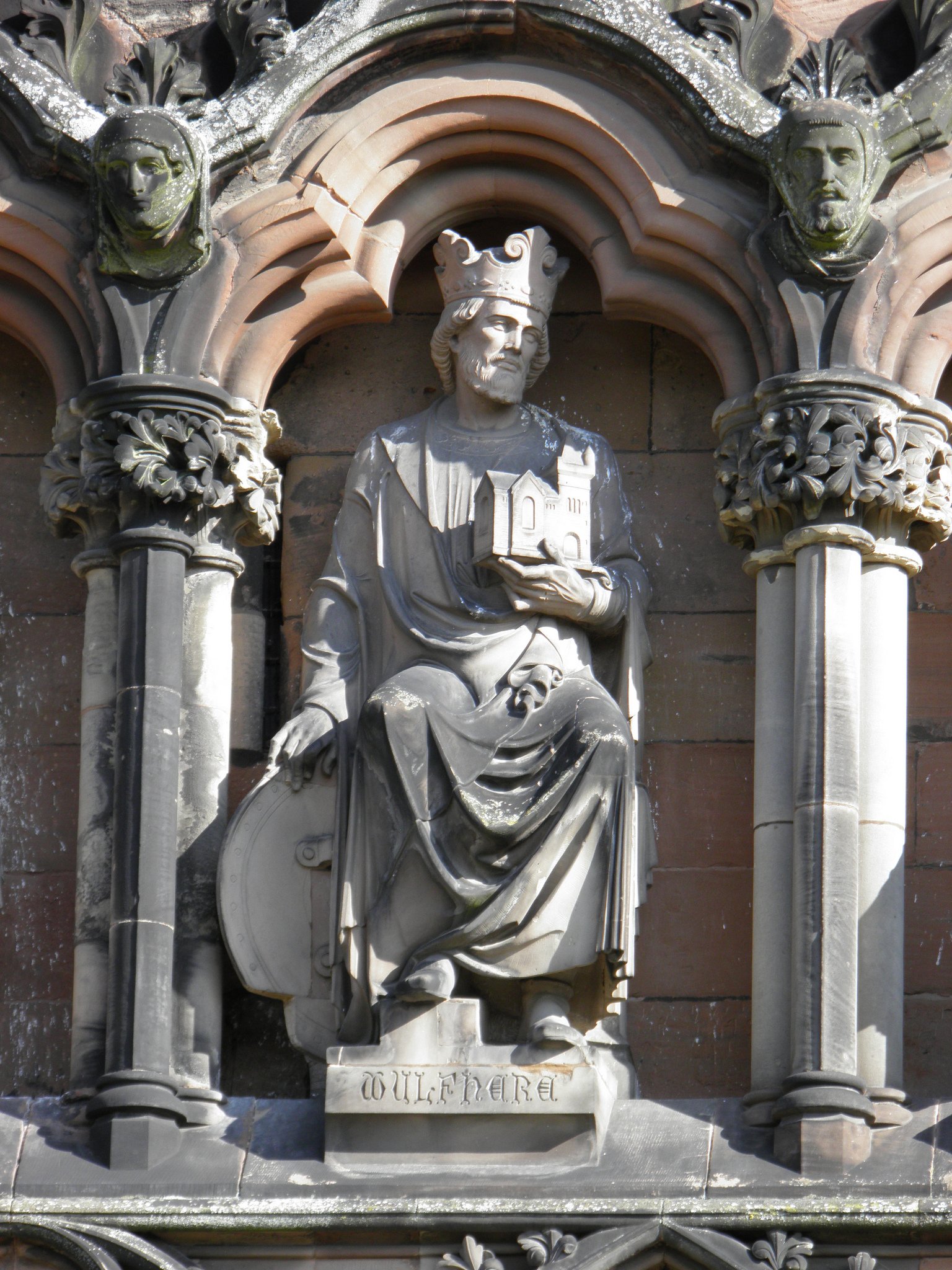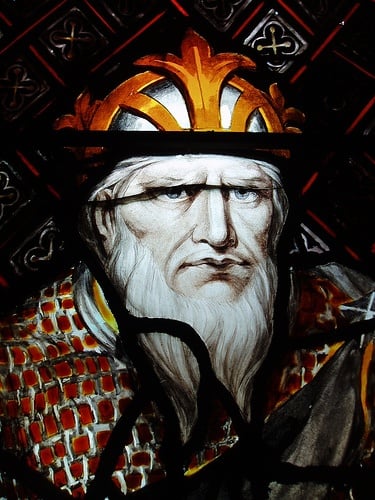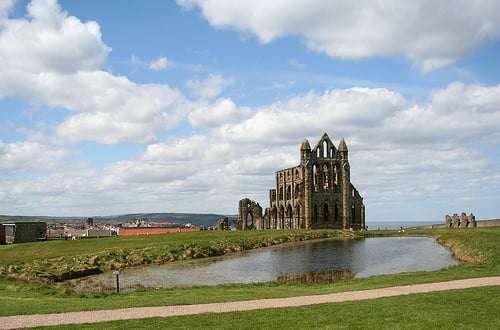Podcast: Play in new window | Download
Today we’re going to cover the crazy environment that early Christian converts found themselves in during the Dark Ages, and some of the bizarre notions they might have gotten regarding their religion thanks to poor access, education, and stubborn attachment to old pagan traditions.
Also: we learn why mothers don’t stuff their feverish daughters into ovens anymore. Seriously, that’s something they used to do.

